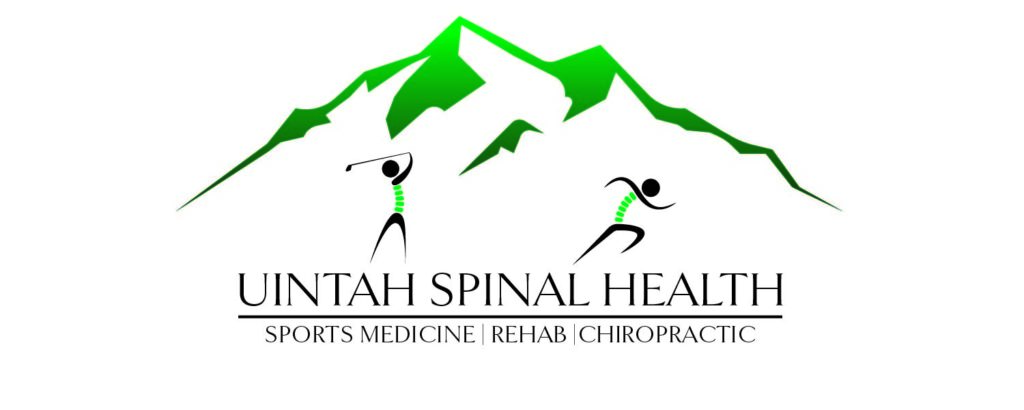Have you ever been frustrated with recurring back pain even after seeking care or treatment from your doctor or local chiropractor? It might be because you or they have been focused on just the location of the pain. To full address musculoskeletal pain or discomfort it is key to also focus on the full body, especially the neighboring body regions. There is the joint by joint approach (first described by Gray Cook and later popularized by Mike Boyle) that is a very simple way to think about the body.
Here is Gray Cook’s detailed description of the joint by joint approach. Follow this link to read it.
Here is a Cliff note version of the joint by joint approach. Each body joint/region is build to be either Stable or Mobile. Those joints alternate between stable and mobile for better function and movement of your body. Let’s start from the ground up.
Feet: Stable (with arches), a firm foundation for you to walk on.
Ankles: Mobile
Knee: Stable
Hip: Mobile
Lumbar spine: Stable
Thoracic spine: Mobile
(Above thoracic spine)
Lower Cervical spine: Stable
Upper Cervical spine: Mobile
(Lateral to thoracic spine)
Shoulder blade (scapula): Stable
Shoulder joint: Mobile
Elbow: Stable
Wrist: Mobile
Let’s start with the low back for example. It’s made to be stable, some movement is good but too much can lead to pain and injury. Our hips and thoracic spine (upper back) are build to be mobile, but what often happens they become stiff and mobility limited, most likely due to inactivity and sitting all day. So, if your upper back and hips are suppose to be mobile and are not anymore and you want to go play a round of golf on a Saturday morning, there is a lot of movement that happens. When you go to swing the club and your hips and/or upper back is stiff, your body is going to compensate for it and increasing the mobility of your lower back (lumbar spine) to make up for the loss of mobility in the neighboring joints. After 18 holes all the movement catches up to you and your low back hurts. You may go get treatment, start some core and glute exercises to increase your low back and core strength and feel good after a couple days or weeks. Then go gold again with your new and improved “stable” low back. But if you fixed the lumbar stability and didn’t fix the thoracic or hip mobility, at the end of your round of golf that low back pain will be back to haunt you and leave you frustrated because you were diligent in treating your lumbar spine and doing those exercises daily for the past several weeks.
The true is, treating and strengthening your low back is very key and important to the treatment, but it’s only one peace of the puzzle. If you don’t address the thoracic spine and hip joint mobility issue you will be lift frustrated and unable to continue your ability to play golf.
This doesn’t just apply to golf, but to every daily activity you do. From your feet to your hands and to your head. The joint by joint approach looks at every body part and addresses the needs and in the end reduce the risk of injury or recurrence of injury and improving your performance and quality of life.
